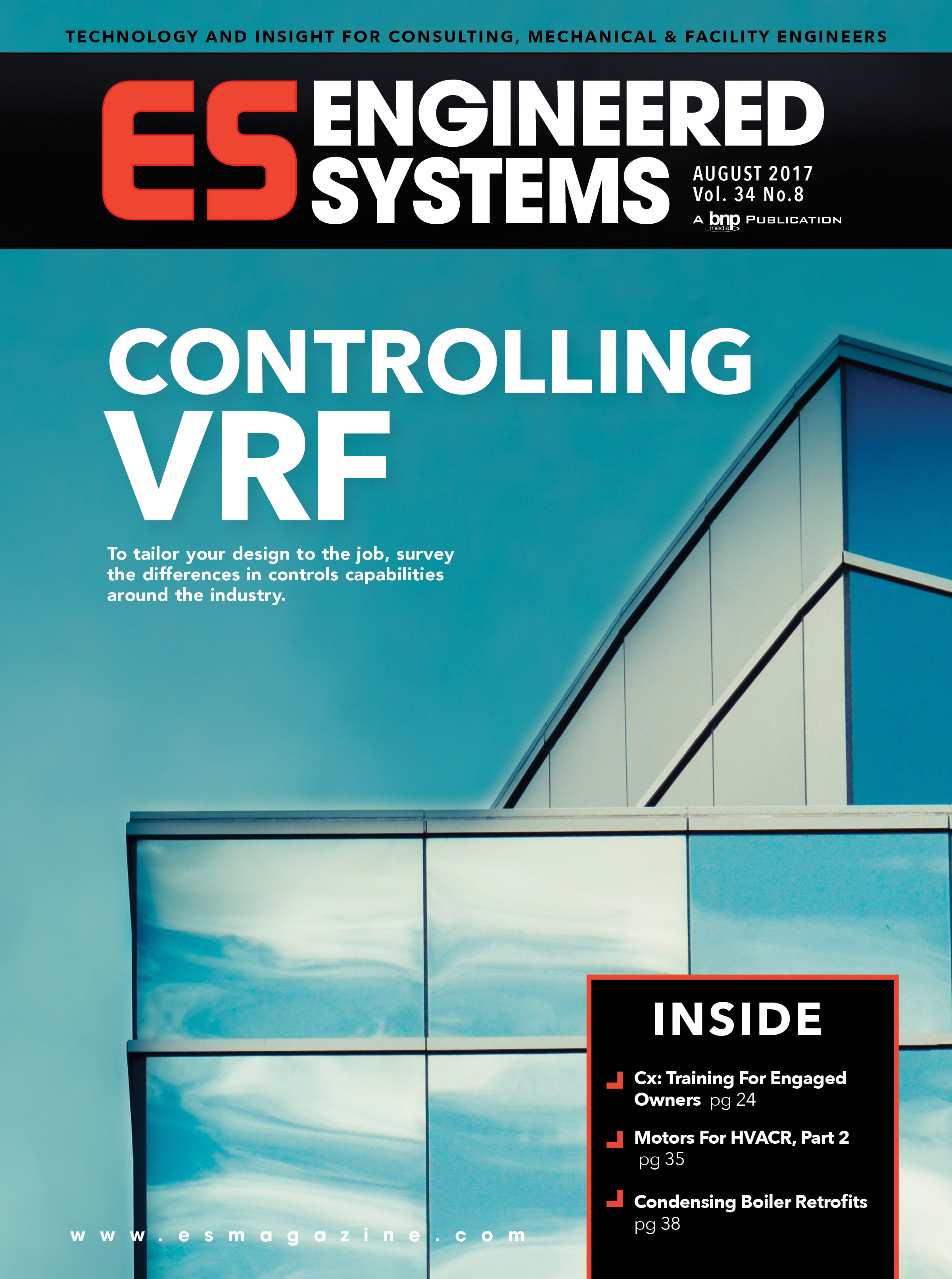The HVACR Workforce Development Foundation is estimating that over 100,000 new HVACR mechanics and installers will be needed over the next seven years due to industry growth and retirements. The foundation released three new reports and accompanying executive summary confirming that demand outstrips the supply of HVACR employees. In particular, mechanics and installers are in critical shortage in most areas of the nation.
Due to the increased growth in the sector and the ongoing retirement of Baby Boomers, HVACR programs in technical and community colleges are not filling the seats available to meet the current and anticipated demand. HVACR employers are having a difficult time filling positions, especially for refrigeration and HVAC technicians, respectively 44 and 36 days longer than the national average of 29 days for similar positions.
“HVACR programs in the U.S. and Canada are seeking new students, whether you are a recent high school graduate, veteran, or second-career adult,” said Kari M. Arfstrom, executive director of the HVACR Foundation. “With HVACR certifications or an associate’s degree, new employees can be assured of a solid middle class job that cannot be off shored, is high tech, and offers better than average pay.”
Almost half of all mechanics and installers will retire in the next decade according to the new research, but post-secondary HVACR programs are not filling the seats needed to support these jobs. The reports detail the opportunities available for HVACR workers and address the unique issues constraining the pipeline for these roles. Concluding the analysis of supply and demand is the introduction of a North American plan to reduce the employment gap.
An executive summary of the three reports, The HVACR Workforce: Demand Heats up as Supply Melts Away, is available on the HVACR Foundation’s website at www.CareersinHVACR.org.



